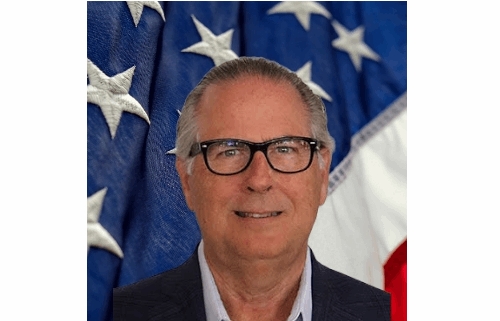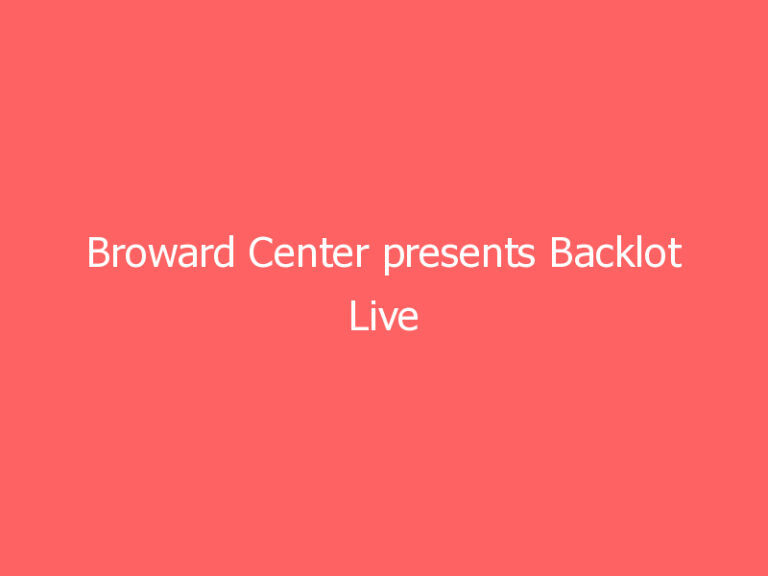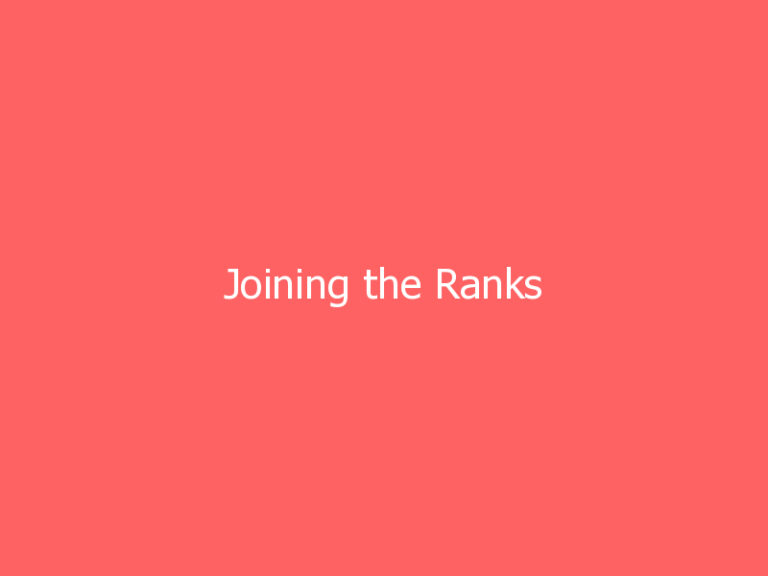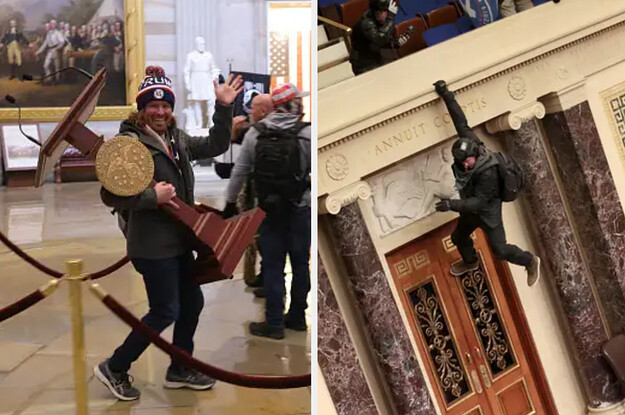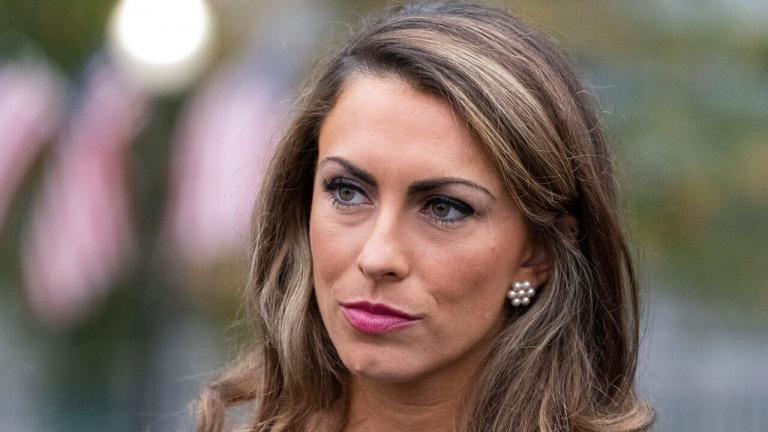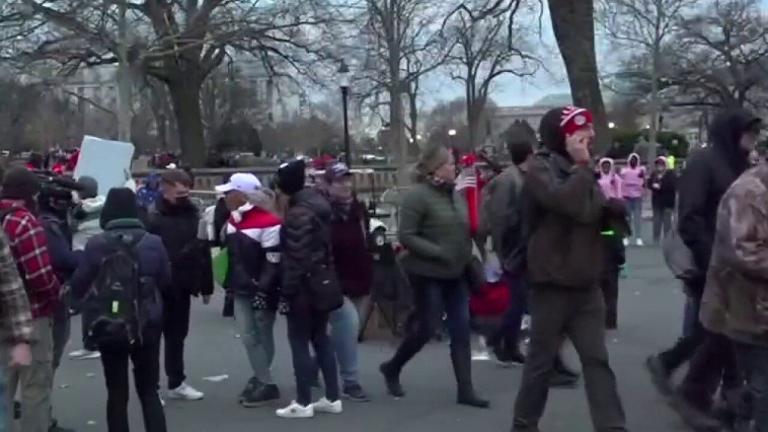How Did Inflation Get So Bad?
Trying to stop runaway inflation is like attempting to put toothpaste back back in the tube. Once inflation rears it ugly head, there are many ideas proffered on how it can be reduced but none of the ideas seem to work in a timely manner.
For years the Federal Reserve has focused on keeping inflation low. After the rampant inflation in the 1970’s, the Federal Reserve under the leadership of its chairman, Paul Volcker, raised the federal funds rate (the rate the Federal Reserve charges banks for borrowing money) in order to slow down inflation. The interest rates that borrowers paid climbed as high as 20% and eventually inflation eased.
Milton Friedman once said “inflation is too much money chasing after too few goods.” The Federal Reserve has one primary tool it uses to fight inflation. In order to stop “too much money chasing after goods,” the Federal Reserve is forced to raise interest rates. Rising interest rates result in businesses slowing down capital investments and consumers spending less money. This usually leads to price increases leveling out or stopping and thus inflation starts to taper.
This formula worked for many years from 1992-2020 the average annual inflation rate has been in a range of 1% to 3%.
After the real estate collapse in 2008, the Federal Reserve lowered the Federal Fund rate below 1% in order to spur business investments and consumer spending. Wall Street (the stock market industry) got used to low interest rates. While interest rates were so low, most investors would not buy certificates of deposit (CDs) or treasury bills. Instead, they focused their investments in the stock market because the returns were so much higher. Wall Street was making a financial killing because everyone was forced to purchase stocks to get a decent return on their portfolios.
The Federal Reserve realized they needed to increase the interest rate on the Fed fund while the economy was good so they would have a financial tool to address any future economic problems. While the Fed fund rate was so low, the Fed could not use the tool of lower rates to address any issues. How do you lower rates if they are already below 1%? When the Fed attempted to raise interest rates, Wall Street, the President and politicians started howling that the Fed was going to ruin a good economy. So the Fed dithered.
Then Covid-19 arrived and it was the perfect storm that would wreck our economy. When the politicians started shutting down the economy, people cried out for relief. The politicians from both parties started handing out government bailouts in the form of cash to the American citizens.
The result was a classic worst case scenario for inflation. Factories were closed so there were fewer goods to purchase. The public now had cash to spend courtesy of the US Government Mint. Earlier, I referred to Milton Friedman’s definition of inflation; “too much money chasing after tt few goods.” Consumers started spending their money and because goods were not being manufactured, it started driving up prices. Since people were given cash, many workers chose not to return to work. Employers started chasing fewer workers and that started driving wages higher.
Here was where the Federal Reserve should have raised interest rates. Such a move would have slowed the demand for housing and other goods and would have kept inflation in check. Again, the Federal Reserve dithered. As a result, consumers continued to spend money, many employees stayed home and prices and wages rose. Inflation took off like a hungry greyhound at feeding time.
When the Federal Reserve finally acknowledged that inflation was not a transitory issue, the patient, the US economy, had worsened to the point servere medicine was needed. Two months ago, Congress did the worst thing they could for an ailing economy, they passed the Joe Mancin bailout and signaled that more cash would be flowing into the economy. This created more inflationary pressure.
Finally, the Federal Reserve began to raise interest rates. It was as if an oncologist waited a year to begin treatments on a patient suffering from cancer. Instead of just needing chemotherapy, the delay would cause the patient to also need radiation treatment. The effect on the patient would be much more severe because of the delay.
There is no question that the economy needs to endure higher interest rates to beat back inflation. Of course, the politicians will start screaming that we need to lower interest rates to help the consumer. It would be the equivalent of stopping your antibiotic treatment after taking half of the prescription.
We are finally experiencing the results of politicians giving away taxpayer money to make everyone happy. Remember this the next time we hear someone pleading to increase government spending.
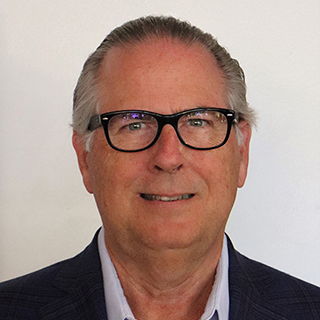
Bob Spencer
Publisher
Manatee Herald
publisher@manateeherald.com


